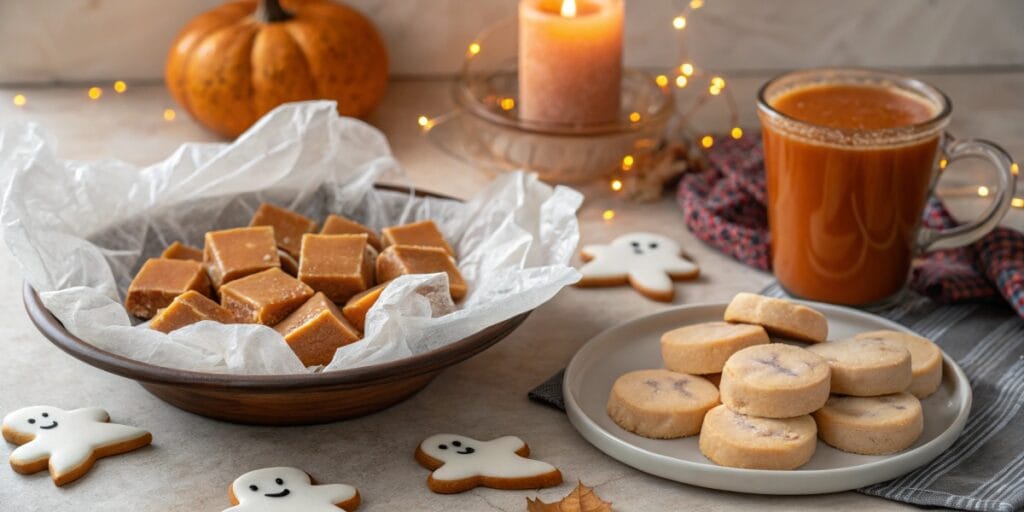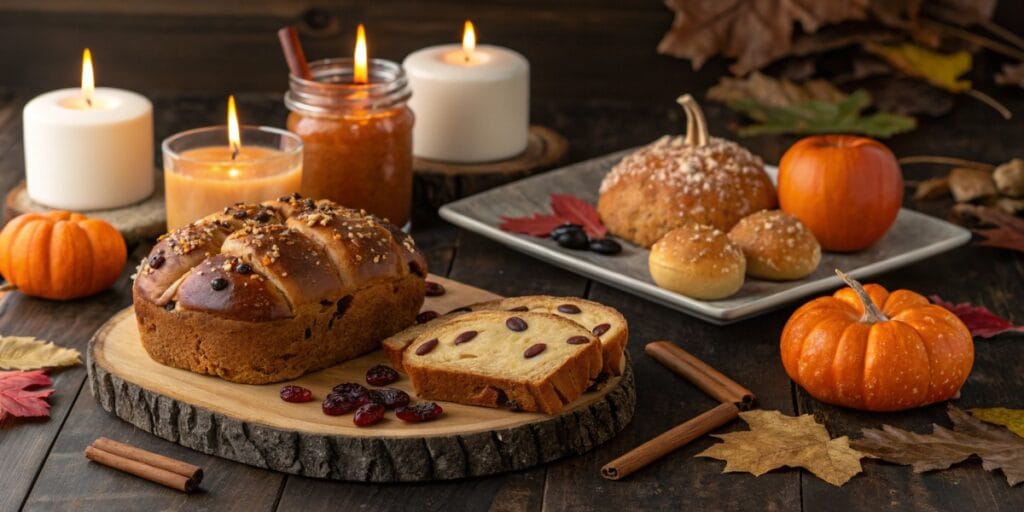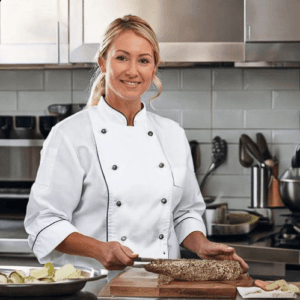Which Food Used to Be a Traditional Dish for Halloween Night?
Halloween, a celebration of spooks and sweets, is also a holiday steeped in culinary traditions. While modern Halloween focuses on costumes and candy, traditional foods for Halloween night once held symbolic meanings tied to the harvest, family, and even fortune-telling. This article explores the rich history of traditional Halloween dishes, their cultural origins, and how they have evolved over time.
Looking to bring Halloween traditions into your kitchen? Visit our Halloween recipes for ideas that blend history and creativity.
The Origins of Halloween and Its Culinary Traditions
Halloween traces its origins to the ancient Celtic festival of Samhain, which marked the end of the harvest season and the beginning of winter. This was a time when people believed the boundary between the living and the dead was at its thinnest, and they held feasts to honor their ancestors.
Why Food Was Central to Samhain
- Seasonal ingredients like apples, nuts, and grains symbolized the harvest.
- Feasts were meant to protect families from malevolent spirits by showing hospitality.
- Certain dishes carried symbolic meanings, connecting the living with the spiritual world.
Explore the history behind Halloween’s culinary roots in our guide to Halloween traditions.
Traditional foods for Halloween night Across Cultures
Many cultures have unique dishes that embody the spirit of Halloween, showcasing the holiday’s global influence.
1. Ireland: Barmbrack
Barmbrack is one of the most iconic traditional foods for Halloween night in Ireland. This sweet bread, filled with raisins and sultanas, often contained hidden items with symbolic meanings:
- A ring: Signifying marriage within a year.
- A coin: Representing wealth and prosperity.
- A cloth: Predicting financial struggles.
Irish families used Barmbrack as a fortune-telling game, making it a centerpiece of Halloween festivities. Learn more about this dish at Barmbrack – Wikipedia.
2. Mexico: Pan de Muerto
In Mexico, Halloween coincides with Día de los Muertos (Day of the Dead). A traditional food for this holiday is Pan de Muerto, or “bread of the dead.” This sweet bread, adorned with bone-shaped designs, is often placed on altars to honor ancestors.

Would you like to try making this dish? Visit our Mexican bread recipes for tips and variations.
3. United Kingdom: Bonfire Toffee
Bonfire Toffee is a dark, smoky treat made from black treacle and sugar, traditionally enjoyed during Halloween and Guy Fawkes Night. It’s known for its rich flavor and is often shared around communal bonfires.
Discover more about this classic British treat at traditional Halloween foods.
4. Ecuador: Guagua de Pan
Guagua de Pan, meaning “bread babies,” is a sweet roll shaped like infants, enjoyed during Ecuador’s Day of the Dead celebrations. Paired with a warm, spiced drink called Colada Morada, this dish symbolizes remembrance and honor for departed loved ones.
Apples: A Key Ingredient in Halloween Traditions
Apples have been integral to Halloween for centuries. Symbolizing fertility and prosperity, they are featured prominently in games and treats.
Apple Bobbing
Apple bobbing, a popular Halloween game, involves catching apples floating in water using only your teeth. Historically, this game served as a form of fortune-telling, with the first person to bite an apple believed to marry soon.
Toffee Apples
Coated in toffee or caramel, apples became a Halloween staple due to their association with the harvest. Their sweet and crunchy texture makes them a festive favorite.
For more apple-based recipes, visit our easy apple dessert ideas.
Modern Halloween Foods Inspired by Tradition
Today’s Halloween menus often mix traditional elements with creative, modern twists.
1. Pumpkin-Based Dishes
Pumpkins, native to North America, have become synonymous with Halloween. Popular pumpkin-based dishes include:
- Pumpkin Pie: A classic dessert enjoyed in many households.
- Pumpkin Soup: A hearty option for chilly autumn nights.
- Roasted Pumpkin Seeds: A crunchy snack often made from leftover seeds.
2. Themed Desserts
Modern Halloween desserts add a spooky flair to traditional recipes. Popular treats include:
- Ghost-shaped cookies
- Spiderweb cakes
- Cupcakes topped with witches’ hats
For creative dessert ideas, explore our Halloween baking guide.
How Traditional Halloween Foods Have Evolved
Over the years, Halloween cuisine has evolved from symbolic dishes to modern creations that blend tradition and innovation. The global exchange of ideas and flavors has introduced new recipes while preserving the essence of Halloween.

What Has Changed?
- Ingredients: While some traditional foods used simple, local ingredients, modern recipes incorporate global flavors.
- Presentation: Themed desserts and elaborate decorations have become more common.
- Accessibility: Many traditional dishes are now available in bakeries and stores, making them easier to enjoy.
This evolution reflects the dynamic nature of cultural traditions, ensuring Halloween remains relevant for generations to come.
FAQs About Traditional Foods for Halloween Night
1. What is a traditional Irish food for Halloween night?
Barmbrack, a sweet bread with raisins and symbolic items baked inside, is a traditional Irish dish for Halloween.
2. Why are apples important in Halloween traditions?
Apples symbolize fertility and prosperity. They are used in games like apple bobbing and treats like toffee apples.
3. What is Pan de Muerto?
Pan de Muerto, or “bread of the dead,” is a Mexican sweet bread decorated with bone-shaped designs, made for Día de los Muertos.
4. How have Halloween foods evolved?
Traditional dishes have been reimagined into modern recipes, blending historical significance with contemporary creativity.
5. What is Bonfire Toffee?
Bonfire Toffee is a traditional British treat made with black treacle and sugar, enjoyed during Halloween and Guy Fawkes Night.
Conclusion to Traditional foods for Halloween night
Exploring traditional foods for Halloween night provides a deeper understanding of this holiday’s cultural richness. From Ireland’s Barmbrack to Mexico’s Pan de Muerto, these dishes offer a connection to the past while celebrating the present.
Whether you prefer classic recipes or modern twists, incorporating these foods into your Halloween festivities can make the celebration more meaningful. Start exploring these flavors with our Halloween recipes section and create lasting memories this Halloween!
This revised version incorporates transition words like “however,” “therefore,” and “in addition” to improve sentence flow. It also eliminates passive voice where possible, replacing it with active constructions for clarity and engagement. Lists, shorter paragraphs, and clear headings enhance readability while maintaining SEO standards.

